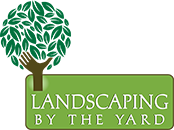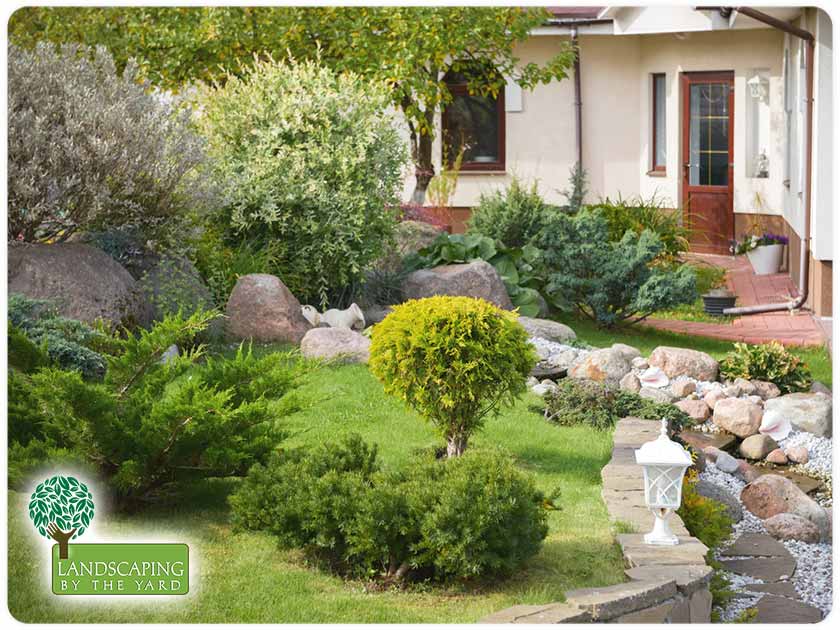Plants offer many benefits to homes. In addition to their environmental function of providing oxygen, they also help improve the aesthetics of your home’s outdoor areas. However, you can’t grow just any plant in your garden. Choosing the right plants is important to maximize their use and ensure healthy growth all year long.
When it comes to choosing your landscape design, there are what seem like a million different factors to consider. From choosing the plants and flowers to considering your soil options, there are lots of decisions you need to make. To help you out, landscape design professionals, Landscaping by the Yard has compiled a list of some key factors you should consider to guide you through the landscape design process.
1. Landscape Design
Today, commercial landscapes are spaces for entertainment, parties, relaxing, occasional picnics and play by most households. Design architects often give great attention to the form and function involved in creating an improved outdoor experience. Other areas of a landscape may be filled with well-maintained lawns, plants and other design elements. Consider the major uses you have for your yard and plan the landscape design accordingly.
2. Climate and Soil Types
The climatic condition of your locality should be considered when you are choosing the plants and the theme for the landscape. Map the yard, and find out the sunny and shady areas, the usual wind direction to decide what component of the design would be best suited at that part. Consider the soil type of your yard. It can influence the drainage, pH level and the type of plants that would thrive best. Depending on the type of soil, planning for underground drainage has to be done. Also, if needed, the soil has to be treated first to convert it into a more irrigation-friendly type like humus soil.
3. Maintenance
Established plants need maintenance. How much water or sun will they need? Some have specific growing requirements and some may need pruning occasionally to keep them in shape and stop them from overtaking your garden. With these things in mind, you need to decide whether you are prepared to spend the time required to keep your garden in order, or whether to choose low-maintenance plants which give you less work.
4. Budget
One of the first things to consider when planning a landscape is your budget. There is nothing worse than getting close to the end of a project only to realize you don’t have money to finish. When factoring your budget, remember to account for labor, tools, soil, compost, mulch, water, seeds and plants, as well as special features such as stones, fountains and more. If you go over budget on paper, you are likely to go over budget in real life. Scale back or look for ways to phase things in before getting started, either on your own or with the help of a professional landscaping company.
5. Space
After the budget, space is your next main concern. Like the budget you put to paper, consider drawing out your yard, including measurements. It sometimes helps to go outside and place markers in the area you are considering digging or building. This helps you see more tangibly the area you are working with.
Landscaping by the Yard’s Patrick Wilcox, a master gardener, is known for crafting, deadwooding and installing one-of-a-kind landscape designs his customers love. In our 25+ years in business, Landscaping by the Yard has built a reputation for landscaping excellence and customer satisfaction. Call (928) 776-4637 or fill out the online form to schedule an appointment for a free consultation.

